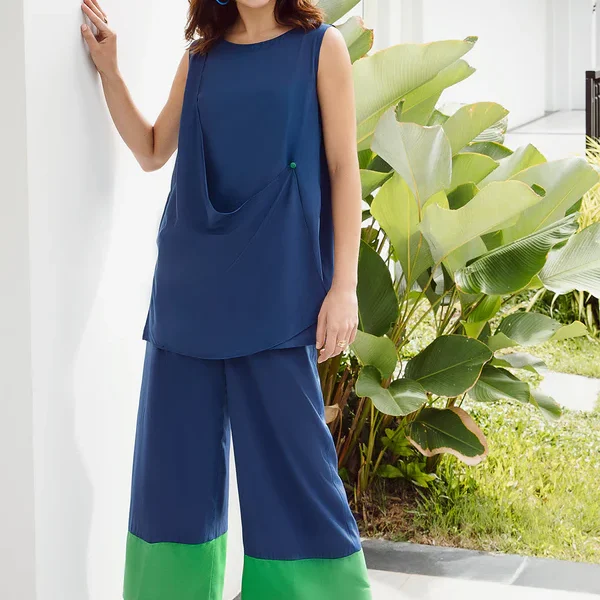Western Vogue is not merely a fashion magazine; it is a cultural institution that has significantly influenced the global fashion landscape. Since its inception, Vogue has evolved from a simple publication into a powerful platform that shapes trends, promotes designers, and sets standards for beauty and style. This article explores the evolution of Western Vogue, its cultural impact, and how it has shaped the fashion industry.
Historical Background
Vogue was founded in 1892 as a weekly publication in the United States, initially aimed at the upper class. Over the years, it transitioned to a monthly magazine, becoming a staple in the fashion world. The magazine’s focus shifted from social events and etiquette to high fashion, which coincided with the rise of iconic designers and fashion houses in the 20th century. Vogue’s significance grew as it began featuring renowned photographers, models, and writers, establishing itself as the ultimate authority on fashion.
Vogue’s Impact on Fashion Trends
One of the key aspects of Vogue’s influence is its ability to set trends. The magazine has been at the forefront of several fashion movements, including the emergence of the “New Look” in the 1950s, popularized by Christian Dior. This style emphasized a feminine silhouette with a cinched waist and full skirt, which became an instant sensation and defined an era of fashion.
In the 1960s, Vogue showcased the youthquake movement, highlighting designers like Mary Quant and André Courrèges, who introduced bold colors, geometric patterns, and innovative materials. The magazine played a crucial role in making these styles accessible to the masses, encouraging women to embrace their individuality and express themselves through fashion.
The 1980s brought about the rise of power dressing, which Vogue championed through its features on influential designers like Giorgio Armani and Donna Karan. This movement emphasized tailored silhouettes, strong shoulder pads, and a professional aesthetic that resonated with the women entering the workforce in greater numbers.
Cultural Reflection and Influence
Vogue is not just a reflection of fashion trends; it is also a mirror of societal changes. The magazine has often addressed issues such as feminism, body image, and diversity, evolving alongside cultural movements. For instance, in the 1970s, Vogue began to feature models of various ethnic backgrounds, promoting a more inclusive vision of beauty. The decision to feature Black models like Naomi Campbell and Iman marked a significant shift in the industry, challenging stereotypes and expanding the definition of beauty.
In recent years, Vogue has continued to adapt to the changing cultural landscape. The magazine has embraced body positivity, featuring models of different shapes and sizes, and promoting fashion for all. This shift reflects a broader movement within the fashion industry towards inclusivity and diversity. Which has been driven by the demands of consumers for representation and authenticity.
Vogue’s Role in Shaping Designers
Vogue has the power to elevate designers from obscurity to stardom. Many designers owe their success to the exposure they received from the magazine. For example, the late Alexander McQueen gained recognition through his innovative designs and theatrical runway shows, which were often featured in Vogue. Similarly, Marc Jacobs’ groundbreaking collections were highlighted in the magazine, helping to solidify his status as a leading designer.
The Digital Age and Vogue’s Transformation
With the rise of digital media, Vogue has adapted to the changing landscape of fashion consumption. The magazine’s website and social media presence have allowed it to reach a broader audience, engaging with readers in real-time. Vogue’s online platform offers exclusive content, behind-the-scenes glimpses, and interactive features, enhancing the reader’s experience.
The digital age has also allowed for the emergence of fashion influencers and bloggers, who have become significant players in the industry. Vogue has recognized this shift and has collaborated with influencers, integrating their voices into the magazine’s narrative. This evolution reflects the changing dynamics of fashion, where traditional gatekeepers are being challenged by new voices and perspectives.
Conclusion
Western Vogue has played a pivotal role in shaping the fashion industry. Serving as a cultural touchstone that reflects societal changes and influences trends. From its historical roots to its modern adaptations. Vogue continues to be a powerful force in fashion, promoting diversity, creativity, and innovation. As the magazine evolves in the digital age, it remains committed to inspiring individuals. To express themselves through style, reinforcing its status as a leading authority in the world of fashion.















